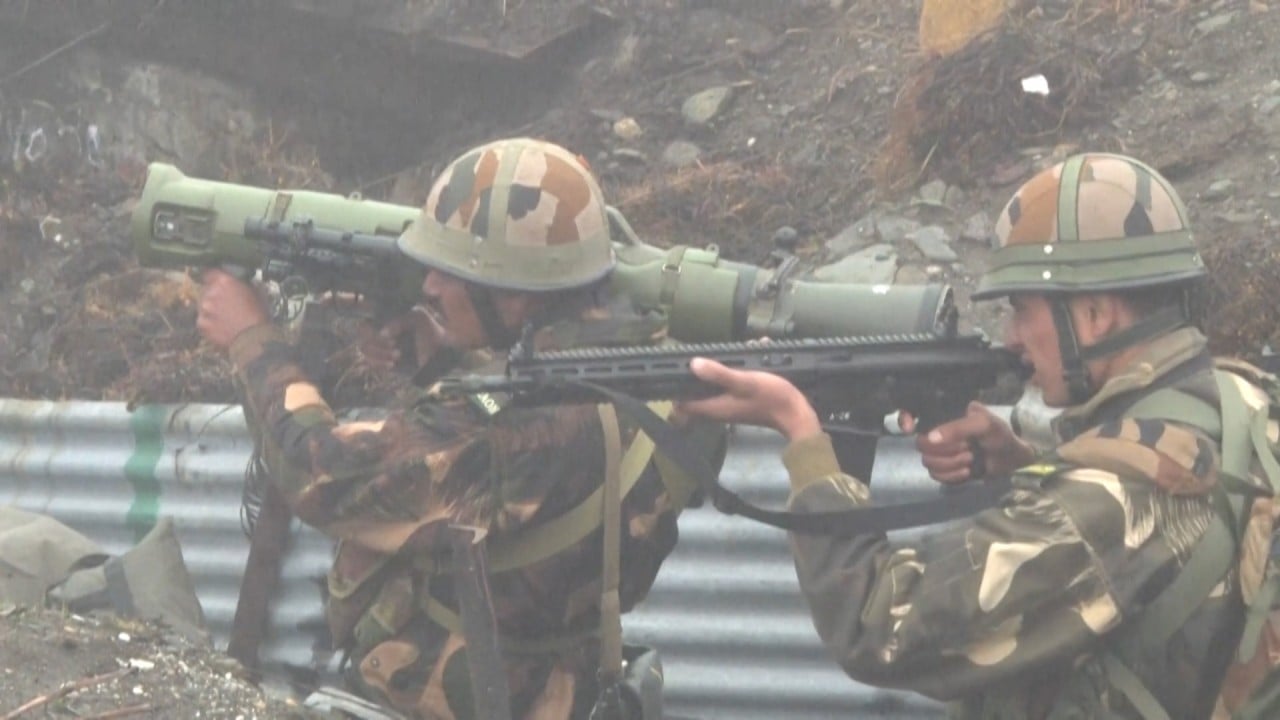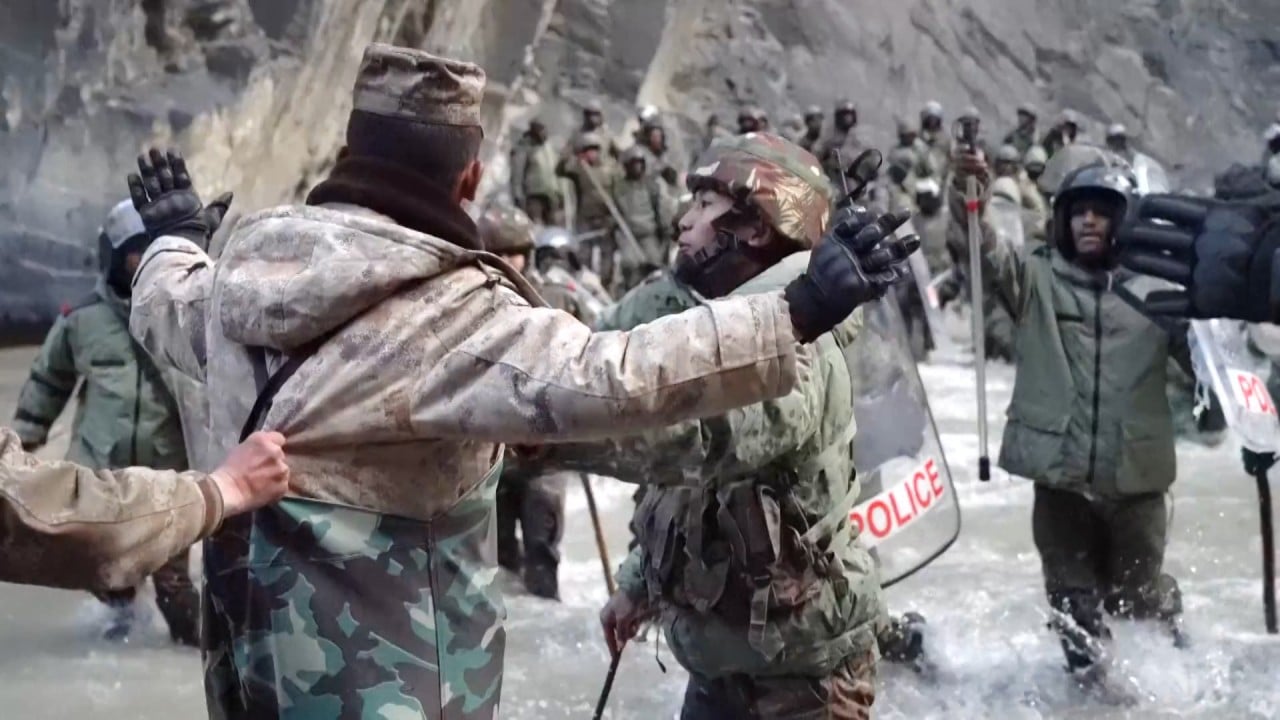
China and India agree to keep working to resolve border dispute
- Officials from the two sides say they will continue communication through diplomatic and military channels
- They vow to stick to a previous consensus to prevent further incidents, but how far each should retreat remains an obstacle to full disengagement
During a virtual meeting of the Working Mechanism for Consultation and Coordination on Sino-Indian Border Affairs, senior officials from the two neighbours also agreed to continue communication through diplomatic and military channels for another round of commander-level talks aimed at agreeing a full disengagement, the Chinese foreign ministry said.
The two sides would “continue their efforts to promote further de-escalation of the border situation and strive to move from emergency management to regular control as soon as possible”, its statement said.
The two sides had “a frank and in-depth exchange of views” on the latest situation along the border and agreed to follow strictly a previous consensus reached between the two militaries to “avoid any recurrence of the situation on the ground”.

03:44
India ramps up defences on Himalayan border after deadly clashes with China
“The two sides also agreed that both sides should in the interim continue to ensure a stable ground situation and avoid any untoward incidents,” it said.
The working mechanism meeting, the 23rd of its kind, was held between foreign ministry and defence officials from the two countries.
Meanwhile, India has been gearing up for winter. It said on Wednesday that it had carried out airlift drills “to strengthen the logistics supply in the northern sector and to augment winter stocking in operational areas”, two weeks after previous airborne drills in eastern Ladakh. Hindustan Times said that 50,000 to 60,000 Indian troops, along with advanced weaponry, had been deployed to Ladakh troops to counter China’s military build-up.
The two sides have disengaged their troops at Pangong Tso as well as Galwan Valley and Gogra, but stand-offs continue in Hot Springs and Depsang, and they remain in dispute over how far their troops should retreat: to the pre-April 2020 positions in the western section along the Line of Actual Control, as India proposed, or to the positions maintained immediately after the 1962 border war, which China recognises.

01:31
China shares video of deadly 2020 border clash with Indian troops in Galwan Valley
Liu Zongyi, an associate research fellow at the Shanghai Institutes for International Studies, said China was unlikely to accept India’s proposal, so may keep at least some troops present as a form of “regular control”.
“Regular control would mean that the two sides disengage their troops to stabilise the regional situation, but, being in deep dispute over how to disengage, China may choose to keep all or at least part of its presence deployed at the border.”
“The US has made it clear that it does not want to engage in any cold or hot wars with China,” he said. “Now India may think twice about whether it really wants to lock into a military conflict at the border.”

